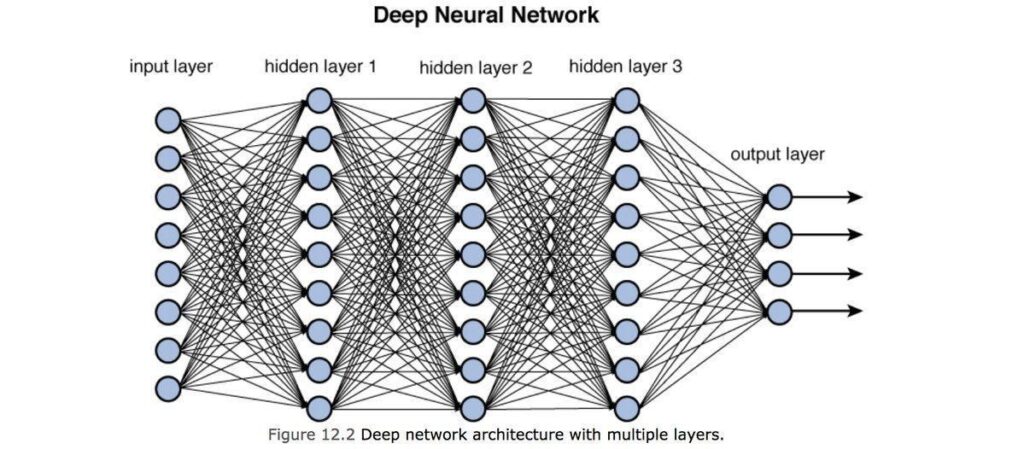Unlocking the potential of artificial intelligence (AI), deep learning has emerged as a revolutionary approach that enables machines to mimic the human brain’s ability to learn and make intelligent decisions.
In this article, we delve into the depths of deep learning, exploring its definition, key concepts, and applications across various fields.
Understanding Deep Learning Fundamentals
1.1 Definition and Scope of Deep Learning
Deep learning is a subset of machine learning, which, in turn, falls under the broader umbrella of AI. It involves the creation and training of artificial neural networks with multiple layers, allowing them to process vast amounts of data and extract intricate patterns and representations.
1.2 Neural Networks: Building Blocks of DeepLearning
Neural networks are the building blocks of deeplearning algorithms. Composed of interconnected layers of artificial neurons, these networks enable the system to learn complex relationships and hierarchies within the data.
They utilize a series of mathematical transformations to process input data and generate meaningful output.
1.3 Deep Learning vs. Traditional Machine Learning
Unlike traditional machine learning algorithms, deeplearning algorithms can automatically learn and extract features from raw data, eliminating the need for manual feature engineering.
This makes deeplearning particularly powerful in domains where data representation is complex and requires intricate feature extraction.
Applications of Deep Learning
2.1 Computer Vision and Image Recognition
Deeplearning has revolutionized computer vision by enabling accurate and efficient image recognition. Convolutional neural networks (CNNs) excel in tasks such as object detection, facial recognition, and image segmentation, empowering various applications, from self-driving cars to medical diagnostics.
2.2 Natural Language Processing and Speech Recognition
With the advent of deeplearning, significant advancements have been made in natural language processing (NLP) and speech recognition. Recurrent neural networks (RNNs) and transformer models have transformed machine translation, sentiment analysis, and voice assistants, enhancing human-computer interactions.
2.3 Autonomous Systems and Robotics
Deeplearning algorithms play a crucial role in autonomous systems and robotics, enabling machines to perceive and interpret their surroundings. Reinforcement learning, a subset of deeplearning, has facilitated remarkable breakthroughs in autonomous vehicles, industrial automation, and robotic control.
Advancements and Challenges in Deep Learning
3.1 DeepLearning’s Evolution and Recent Innovations
Deep learning has witnessed significant advancements over the years, propelled by improved hardware capabilities and novel architectures. Architectures like generative adversarial networks (GANs) and transformers have paved the way for impressive results in tasks such as image generation, text generation, and data synthesis.
3.2 Addressing the Limitations and Challenges
While deeplearning has revolutionized AI, it faces certain limitations and challenges. These include the need for large amounts of labeled training data, the interpretability of complex models, and the potential for overfitting.
Ongoing research aims to address these issues and further enhance the capabilities of deeplearning.
Conclusion
Deep learning has emerged as a game-changing technology, fueling advancements across diverse fields and transforming the way we interact with machines. By enabling automated learning and decision-making, deeplearning has paved the way for exciting opportunities and holds immense potential for future innovations.

